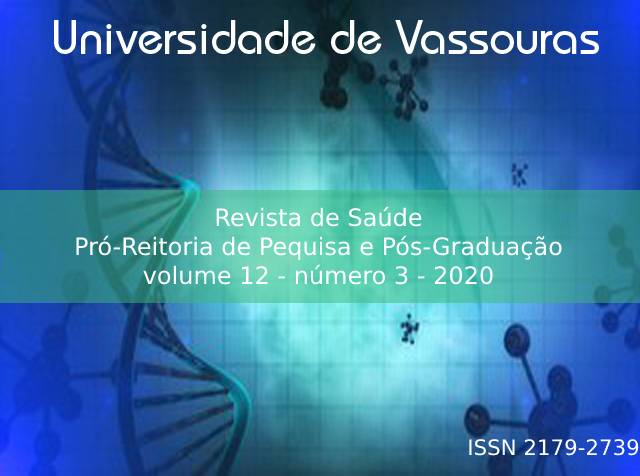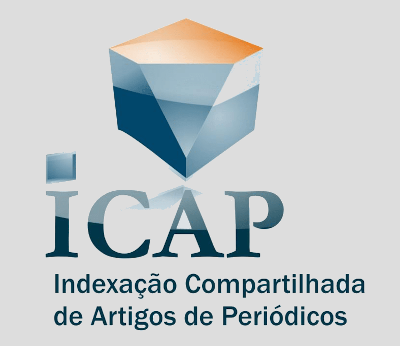Técnicas respiratórias na melhora da função pulmonar de cardiopatas: Uma Revisão Integrativa
DOI:
https://doi.org/10.21727/rs.v12i3.2641Abstract
Introduction: Cardiovascular Diseases (CVD) are the main cause of morbidity and mortality in developed and developing countries. According to World Health Organization estimates, 17.9 million people died of CVD in 2016, representing 31% of all global deaths. Material and Method: Integrative review carried out in the databases PubMed, SciELO, Lilacs and PEDro, based on the guiding question of the search: “what is the effect of respiratory techniques on the lung function of patients undergoing cardiac surgery?”, And crossing of the terms: breathing exercises AND preoperative AND cardiac surgery (all terms present in MEsh and DeCs) from May to June 2020. Results: 104 articles were found in the selected databases, 67 articles were excluded, 37 were selected for full reading, eight of which were part of this review. Discussion: The present integrative review aimed to analyze the effects of respiratory techniques on lung function in patients undergoing cardiac surgery. Patients undergoing a cardiac surgical procedure, mainly develop postoperative pulmonary dysfunction with significant reduction in lung volumes, impaired respiratory function, decreased lung compliance and increased respiratory work. Final Considerations: Respiratory techniques such as breathing exercises and / or respiratory muscle training employed in patients undergoing a cardiac surgical procedure, improve lung function, consequently improving respiratory muscle strength as a whole, also interfering in the reduction of post-respiratory complications. CRM in this population.
Keywords: Cardiac surgery; Breathing Exercises; Preoperative.
Downloads
Downloads
Published
How to Cite
Issue
Section
License
Autores que publicam nesta revista concordam com os seguintes termos:
Autores mantém os direitos autorais e concedem à revista o direito de primeira publicação, com o artigo simultaneamente licenciado sob a Licença Creative Commons Creative Commons CC BY que permite o compartilhamento do trabalho com reconhecimento da autoria e publicação inicial nesta revista. Esta licença permite que outros distribuam, remixem, adaptem e criem a partir do seu trabalho, mesmo para fins comerciais, desde que lhe atribuam o devido crédito pela criação original. É a licença mais flexível de todas as licenças disponíveis. É recomendada para maximizar a disseminação e uso dos materiais licenciados.
Autores têm autorização para assumir contratos adicionais separadamente, para distribuição não-exclusiva da versão do trabalho publicada nesta revista (ex.: publicar em repositório institucional ou como capítulo de livro), com reconhecimento de autoria e publicação inicial nesta revista.
Ver o texto legal da licença em: https://creativecommons.org/licenses/by/4.0/














